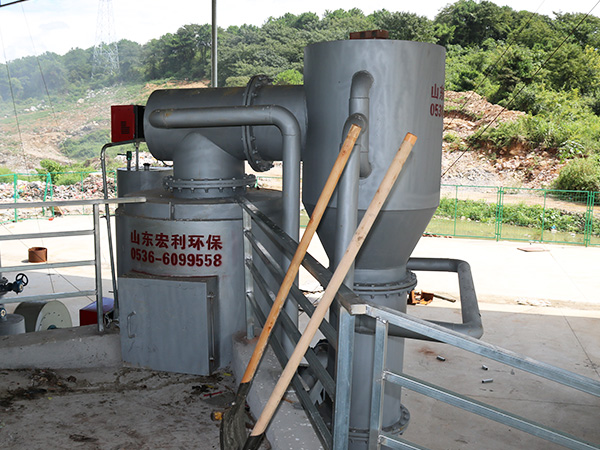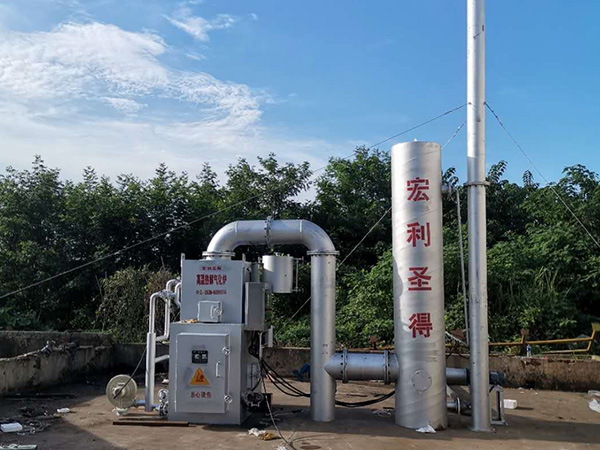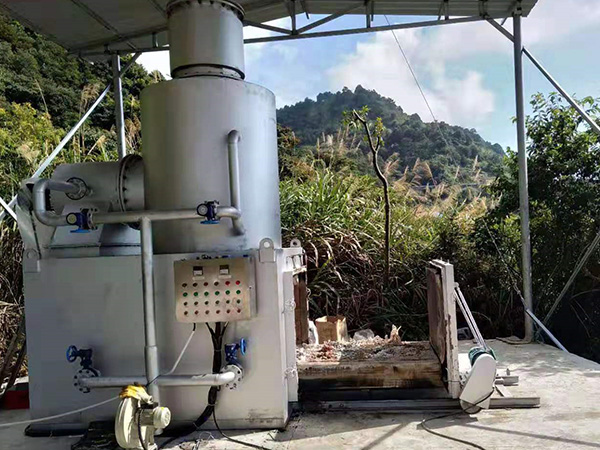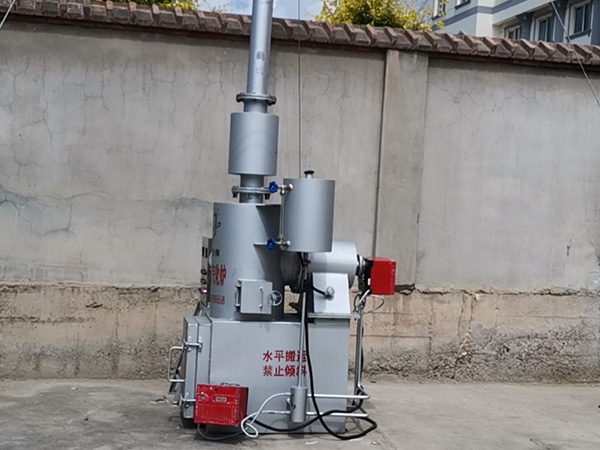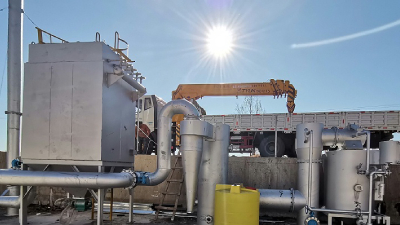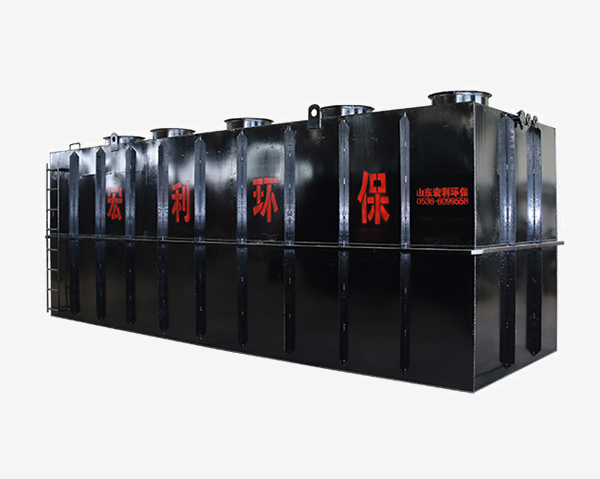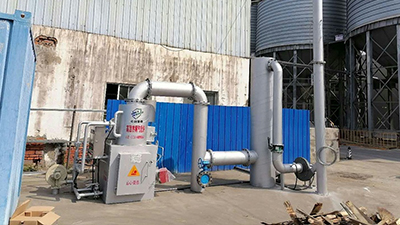1.1 Generation of SOx:
SOx is usually produced by the incineration and oxidation of sulfides in waste. In addition, some waste incinerators require coal as auxiliary fuel for stable combustion, which also results in more SOx production. Most of SOx is SO2, which is more harmful to air pollution.
1.2 Control of SOx:
These harmful gases in combustion exhaust are usually absorbed by alkaline medium, and the most commonly used absorbent is slaked lime. The commonly used methods include wet, dry and semi-dry methods, such as the same for HCl flue gas treatment devices. NOx mainly comes from the oxidation of organic nitrogen in the garbage.
2.1 Generation of NOx:
For the waste incinerator, because its excess air coefficient is larger than that of the general pulverized coal furnace, the primary air ratio is also required to be high, so that the NOx removed is higher than that of the general boiler. In a waste incinerator, due to the characteristics of waste as a fuel, NO generated during combustion accounts for 90%-95%, and NO2 accounts for 5%-10%. The higher the combustion temperature, the higher the NO/NO2.
2.2 Control of NOx:
1. Combustion control technology
In the flue gas of waste incineration, combustion-type NOx is the main method of NOx generation. In the process of combustion, the method of controlling NOx must first follow the basic principle of 3T+E, including optimizing the geometric size of the waste incineration boiler, effectively controlling the primary air Through such measures, NOx can be controlled within 300mg/Nm3. The
pyrolysis gasification waste incinerator has strong adaptability in combustion control. The equipment has many advantages and good performance. Holy shield, as a professional manufacturer, can provide you with corresponding products.

2. Selective non-catalytic reduction (SNCR) method
SNCR is mainly in the temperature range of 850~1100 ℃ in the furnace, under the condition of 02 coexistence, injecting reducing agents such as ammonia or urea to reduce NOx to nitrogen and water. The system has low investment and maintenance costs, simple and convenient operation, but relatively low denitrification efficiency. Ammonia-nitrogen molar ratio, temperature, etc. are the main factors affecting the removal of NOx by SNCR. Since the temperature of the incinerator fluctuates within a certain range, 2~3 layers of SNCR nozzles are generally set in the waste heat boiler to adapt to different temperature conditions. Increasing the ratio of ammonia to nitrogen can improve the removal rate of NOx, but at the same time, the leakage of ammonia increases correspondingly, which leads to scaling and blockage of the heating surface at the rear, and white smoke is emitted from the chimney.
3. Selective catalytic reduction (SCR) method
Waste incineration SCR uses NH3 as denitrification agent, in the temperature range of 180~240 °C, under the condition of certain O2 content, through TiO2-V205; and other catalysts to remove NOx in flue gas, SCR denitration efficiency is high, but requires low temperature and low dust The layout is greatly affected by the sulfur content of the flue gas, the escape of ammonia and the catalyst. Since the flue gas contains a certain amount of SO2 and SO3, the catalytic denitration process will generate ammonium hydrogen sulfate (ABS) with side reactions. ABS is hygroscopic, corrosive and viscous, which will deposit on equipment and pipelines, resulting in catalyst deactivation and blockage of flow channels. Therefore, the production of by-product ABS is the biggest concern in the operation of waste incineration SCR projects. In the process of engineering design, reducing the concentration of sulfur dioxide in flue gas is helpful for ABS control. We can consider increasing the wet desulfurization process in combination with the actual economic and technical rationality to achieve the purpose of improving the removal rate of sulfur dioxide.
Holy shield has rich experience in R&D and can be customized according to waste disposal requirements. If you also have garbage disposal needs, please leave a message with us.
